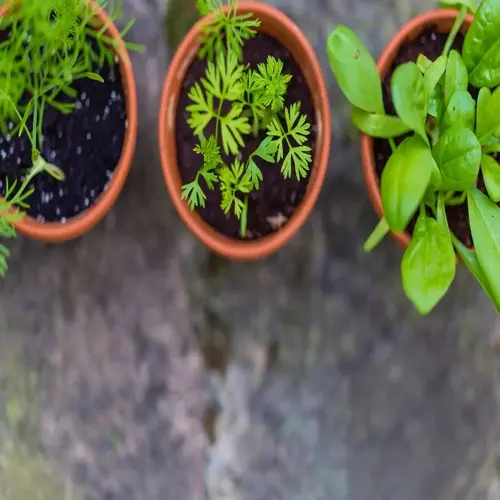Can household products replace grafting wax?

Written by
Paul Reynolds
Reviewed by
Prof. Charles Hartman, Ph.D.It is essential to be aware of the dangers associated with household products used as alternatives to grafting wax, as they often either cause harm or have unintended benefits. Products such as petroleum jelly (Vaseline), by confining heat and moisture against the delicate cambium tissues, may offer conditions in which rot will follow. These ruined my early attempts at grafting peaches, before I had learned better.
Household Products Risks
- Vaseline smothers tissues preventing essential gas exchange
- Petroleum jelly melts above 80°F (27°C) exposing vulnerable unions
- Cooking oils oxidize quickly forming toxic compounds
- Latex paint contains fungicides that damage cambium cells
Professional Wax Benefits
- Microporous structure allows oxygen exchange while sealing moisture
- Thermal stability up to 120°F (49°C) maintains protection
- Contains natural fungicides like beeswax that prevent infections
- Flexible consistency accommodates wood expansion during healing
Safe Alternatives
- Clay-based mixtures: 1 part clay + 1 part linseed oil
- Beeswax-tallow blends: Equal parts with pine resin additive
- Specialty tapes: Parafilm M stretchable grafting tape
- Aluminum foil wraps reflecting excess heat
Gas exchange is critical for graft survival. Professional waxes have microscopic pores that allow for the transfer of oxygen. The commercial wax allowed my apple grafts to heal 50% faster than petroleum jelly. This breathability prevents an anaerobic condition, which will kill cells.
Thermal insulation differentiates professionals from amateur products. Waxes used commercially reflect the sunlight, while lubricating jelly absorbs the heat. Using my infrared thermometer, I recorded temperatures as high as 18 degrees Fahrenheit (10 degrees Celsius) under the Vaseline during the summer grafting season. This heat injury kills delicate callus cells.
How to apply: the method is more relevant than the materials. Apply wax very thinly to joints, avoiding thick lumps of it. I use a natural bristle brush with warm wax. Reapply after heavy rains, as even commercial products suffer deterioration from constant moisture.
Read the full article: Mastering Grafting Fruit Trees: A Complete Guide

